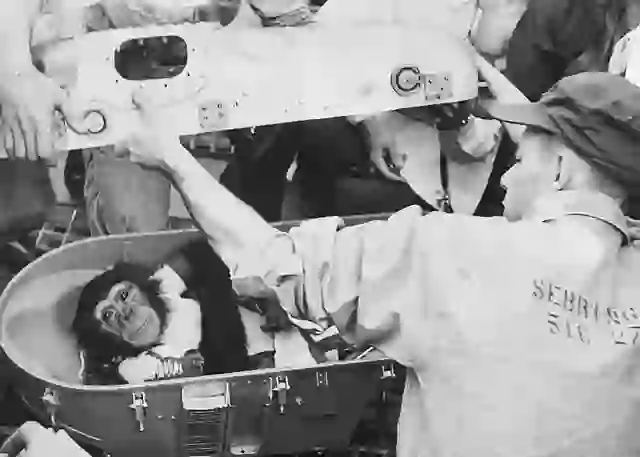He landed 442 miles downrange instead of the intended 290 miles, and the rocket made a heavy splash landing in the Atlantic Ocean about 60 miles from the recovery ship when NASA somehow regained control of it.
Ham was able to operate levers and react to flashing lights during the 16.5-minute ride, which included 6.6 minutes of weightlessness in space.

According to a medical evaluation, he was in good health overall but a little tired and dehydrated from his trips.
Furthermore, although Ham’s successful voyage allowed Alan B. Shepard Jr., America’s first human astronaut, to travel on May 5, 1961, the chimp’s post-space life was, to put it mildly, a touch dismal.
Two years later, in 1963, Ham was put on exhibit at the Washington Zoo, where he led a solitary life.
In September 1980, he was transferred from the Washington Zoo to North Carolina Zoological Park in Asheboro, where he stayed until his passing on January 17, 1983.



